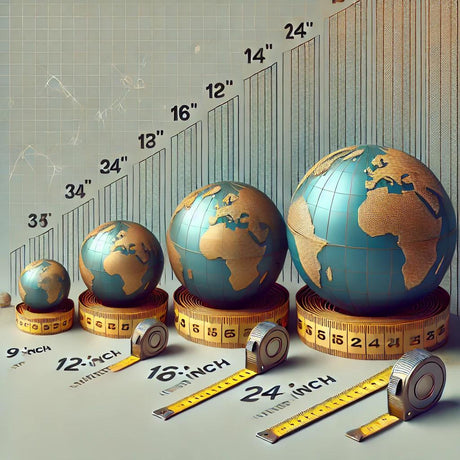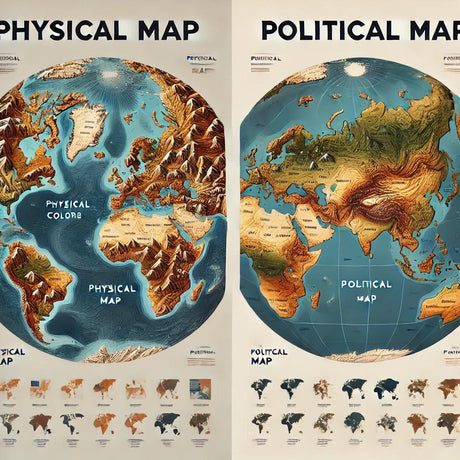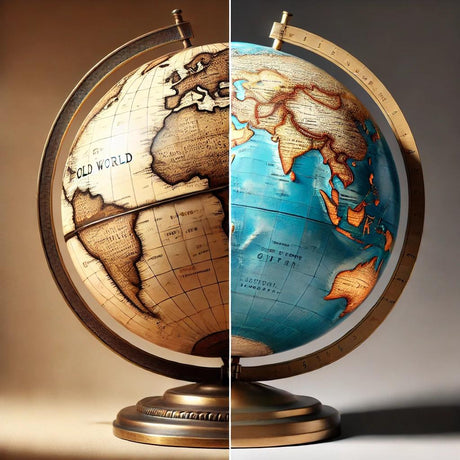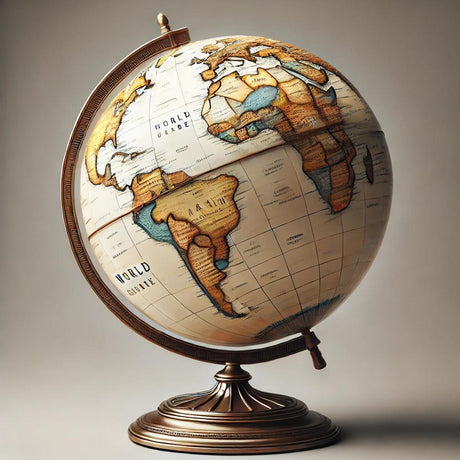
One of the most fundamental questions about our planet—why is the Earth round?—has fascinated humans for centuries. The answer lies in the basic forces of nature, particularly gravity and the Earth’s rotation. While the Earth may appear perfectly spherical from a distance, it’s actually a bit more complex than that. Understanding why the Earth takes on this shape reveals insights into the planet’s formation, how gravity works, and even how we experience daily life on Earth.
The Role of Gravity in Shaping the Earth
Gravity is the primary force that gives the Earth its round shape. When the Earth first formed around 4.5 billion years ago, it was a molten mass of hot, liquid rock and gas. Gravity pulls matter toward a central point, and in the absence of other strong forces, this results in a spherical shape. As the planet cooled and solidified over millions of years, this spherical shape was largely preserved.
In a liquid or gaseous state, matter naturally forms into a sphere because it is the most energy-efficient shape. A sphere distributes the force of gravity evenly across its surface, minimizing energy and creating equilibrium.
The Earth Is Not a Perfect Sphere
While the Earth is mostly round, it’s not a perfect sphere. The Earth is slightly flattened at the poles and bulges at the equator—a shape known as an oblate spheroid. This is due to the Earth's rotation. As the Earth spins on its axis, centrifugal force pushes outward, causing the equator to bulge.
In fact, the Earth’s diameter at the equator is about 26 miles (42 kilometers) larger than the diameter from pole to pole. This bulging effect is common in rotating celestial bodies, and it subtly affects everything from our planet’s gravitational field to ocean currents.
Why Don’t We Notice the Earth’s Shape?
To most people standing on the surface, the Earth feels flat. This is because we are very small relative to the size of the Earth. The curvature of the Earth is only noticeable over large distances—such as when viewing the horizon at sea or from an airplane. However, evidence of the Earth’s round shape can be seen in many ways:
- Space Observations: Photographs of Earth from space provide clear visual proof of its round shape.
- Shadows on the Moon: During a lunar eclipse, the Earth casts a round shadow on the Moon, indicating its spherical shape.
- Travel and Navigation: Explorers and scientists realized long ago that as ships sailed across the ocean, they would disappear hull-first over the horizon, proving the curvature of the Earth.
How the Earth’s Shape Affects Daily Life
The Earth’s round shape has significant implications for how we experience life on the planet. From the force of gravity to weather patterns, here are a few ways the Earth’s shape impacts us:
-
Gravity: Gravity pulls objects toward the center of the Earth, and since the Earth is roughly spherical, this means that no matter where you are on the planet, you experience gravity in the same direction—toward the center. The slight bulging at the equator causes gravitational variations, but they’re too small for us to notice in everyday life.
-
Day and Night: The Earth’s rotation on its axis means that different parts of the planet are exposed to sunlight at different times, giving us day and night. Because of the Earth’s round shape, only half of the planet is lit by the Sun at any given time.
-
Climate and Weather: The spherical shape of the Earth causes sunlight to hit different parts of the planet at different angles. This uneven heating is why we have different climates—colder at the poles, where the Sun's rays are more spread out, and warmer at the equator, where the Sun’s rays are more direct.
-
Time Zones: Since the Earth is round and rotates, different parts of the planet experience sunrise and sunset at different times, leading to the creation of time zones. This allows for synchronized global timekeeping, essential for travel, communication, and business.
The Round Earth and Globes: A True Representation of Our Planet
Globes are the most accurate way to represent the Earth. Unlike flat maps, which distort certain parts of the planet (such as making Greenland appear much larger than it actually is), a globe shows the true proportions and relationships between countries, continents, and oceans. See differences between maps and globes.
Globes also demonstrate how our Earth is not just a static, round object but a dynamic planet affected by its shape and movement. From the bulging equator to the flattening poles, every detail of a globe reflects the true nature of our world.
Debunking the Flat Earth Myth
Though the scientific community has known for centuries that the Earth is round, some conspiracy theories, like the Flat Earth Theory, still persist today. However, there is overwhelming evidence that the Earth is round, from ancient observations (such as those made by Aristotle and Ptolemy) to modern photographs taken from space.
The Flat Earth Theory is based on misconceptions and a misunderstanding of basic science. At Ultimate Globes, we celebrate the wonder of our round planet by offering detailed, accurate globes that help debunk myths and promote knowledge.
Experience the World Through a Globe
Understanding why the Earth is round gives us a greater appreciation of the forces that shaped our planet and continue to influence it today. A globe is not just an educational tool—it’s a visual representation of our dynamic Earth, shaped by gravity, rotation, and time.
Whether you’re looking to teach geography, decorate your home, or explore the world, a high-quality globe is the best way to experience the Earth as it truly is. At Ultimate Globes, we offer a wide selection of globes that capture the beauty and complexity of our planet. Explore our collection today and bring the world into your home.




